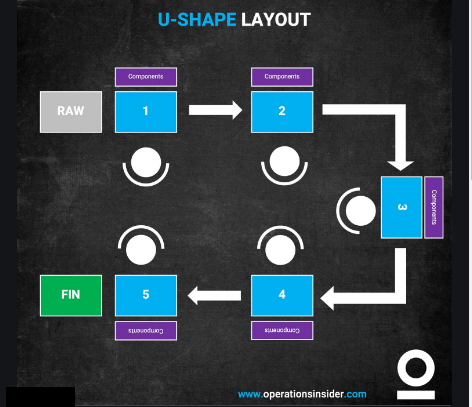Green businesses we need: Moveable tiny houses built from deconstructed materials
Moveable Tiny Houses can be much less expensive to build than foundaton-built Tiny Houses, because they are subject to RV building standards instead of IRC Internatioinal Residential Code standards.
They can also be a huge Social Justice play because Moveable Tiny Houses decouple wealth building from land ownership.
In addition, when the job moves for the worker, the home can move with the worker.
There’s a vibrant Tiny Home Community with groups around every possible Tiny House topic you might be interested in https://www.tinyhouse.com/ Check them out!
Critical Metals? Mine them from Michigan Landfills
A lot of Copper-Nickel-Chrome plating was conducted at or near the Detroit auto plants. Along with a lot of Zinc plating, although I was less familiar with those plants
Starting in the 20’s. Plastic bumpers started coming into vogue in the late 70s, but chrome plating continued through the early 1990s (although declining and being offshored).
Typical copper concentrations were as high as 8 percent for Copper, 21 percent for Nickel, according to EPA studies.
Before the 70’s when waste regulations took effect, these sludges may have gone into unlined landfills. Even after regulation, the sludge was deposited in a limited number of (now secure) nearby landfills.
Let’s figure out how to mine these resources! (And do some Environmental cleanup with some Social Justice ramifications in the process).
We Need a Green Infrastructure Internet
“The money is made in technology by bundling and unbundling”
For faster and more learning-ful implementation of green, we need to “unbundle” from huge megalith infrastructure projects.
Or bundle if you consider that projects would be combining a number of small interrelated functional units together.
Big projects won’t go away, but time to combine them with smaller, more nimble ones.
Think Toyota Production System, where U shaped production cells replaced the huge assembly lines.


